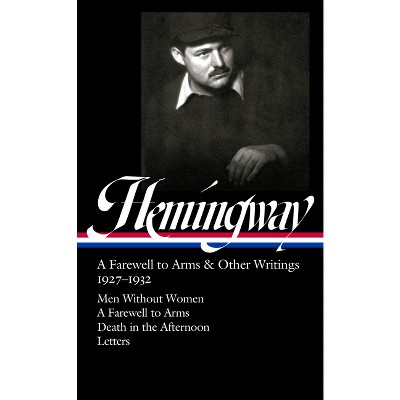Sponsored

The Idea of Cuba - (Hardcover)
$37.30Save $2.65 (7% off)
Out of Stock
Eligible for registries and wish lists
Sponsored
About this item
Highlights
- Alex Harris beautifully captures many archetypes of today's Cuba, and Lillian Guerra's essay discusses what it means to be Cuban.
- 150 Pages
- Photography, Subjects & Themes
Description
About the Book
Alex Harris beautifully captures many archetypes of today's Cuba, and Lillian Guerra's essay discusses what it means to be Cuban.Book Synopsis
Alex Harris beautifully captures many archetypes of today's Cuba, and Lillian Guerra's essay discusses what it means to be Cuban.Dimensions (Overall): 10.19 Inches (H) x 11.42 Inches (W) x .69 Inches (D)
Weight: 2.67 Pounds
Suggested Age: 22 Years and Up
Number of Pages: 150
Genre: Photography
Sub-Genre: Subjects & Themes
Publisher: Unm Press
Theme: Portraits & Selfies
Format: Hardcover
Language: English
Street Date: July 16, 2007
TCIN: 88978723
UPC: 9780826341396
Item Number (DPCI): 247-57-2161
Origin: Made in the USA or Imported
If the item details aren’t accurate or complete, we want to know about it.
Shipping details
Estimated ship dimensions: 0.69 inches length x 11.42 inches width x 10.19 inches height
Estimated ship weight: 2.67 pounds
We regret that this item cannot be shipped to PO Boxes.
This item cannot be shipped to the following locations: American Samoa (see also separate entry under AS), Guam (see also separate entry under GU), Northern Mariana Islands, Puerto Rico (see also separate entry under PR), United States Minor Outlying Islands, Virgin Islands, U.S., APO/FPO
Return details
This item can be returned to any Target store or Target.com.
This item must be returned within 90 days of the date it was purchased in store, shipped, delivered by a Shipt shopper, or made ready for pickup.
See the return policy for complete information.
Frequently bought together

$34.40
MSRP $40.00
Buy 1, get 1 50% off select books
4.8 out of 5 stars with 45 ratings

$18.66
MSRP $35.00
Buy 1, get 1 50% off select books
4.9 out of 5 stars with 467 ratings
Trending Non-Fiction

$15.68
Buy 1, get 1 50% off select books
4.8 out of 5 stars with 204 ratings

Highly rated
$19.31
was $20.98 New lower price
Buy 1, get 1 50% off select books
4 out of 5 stars with 65 ratings

$18.28
was $19.58 New lower price
Buy 1, get 1 50% off select books
4.7 out of 5 stars with 17 ratings

$4.59
MSRP $7.99
Buy 1, get 1 50% off select books
4.8 out of 5 stars with 123 ratings

$6.20
MSRP $10.95
Buy 1, get 1 50% off select books
4.8 out of 5 stars with 33 ratings

$7.09
MSRP $9.99
Buy 1, get 1 50% off select books
4.9 out of 5 stars with 46 ratings
Discover more options

$15.68
Buy 1, get 1 50% off select books
4.8 out of 5 stars with 204 ratings

Highly rated
$19.31
was $20.98 New lower price
Buy 1, get 1 50% off select books
4 out of 5 stars with 65 ratings

$18.28
was $19.58 New lower price
Buy 1, get 1 50% off select books
4.7 out of 5 stars with 17 ratings

$6.20
MSRP $10.95
Buy 1, get 1 50% off select books
4.8 out of 5 stars with 33 ratings


$21.00
MSRP $32.00
Buy 1, get 1 50% off select books
5 out of 5 stars with 4 ratings
Related Categories
1.0 out of 5 stars with 1 reviews



